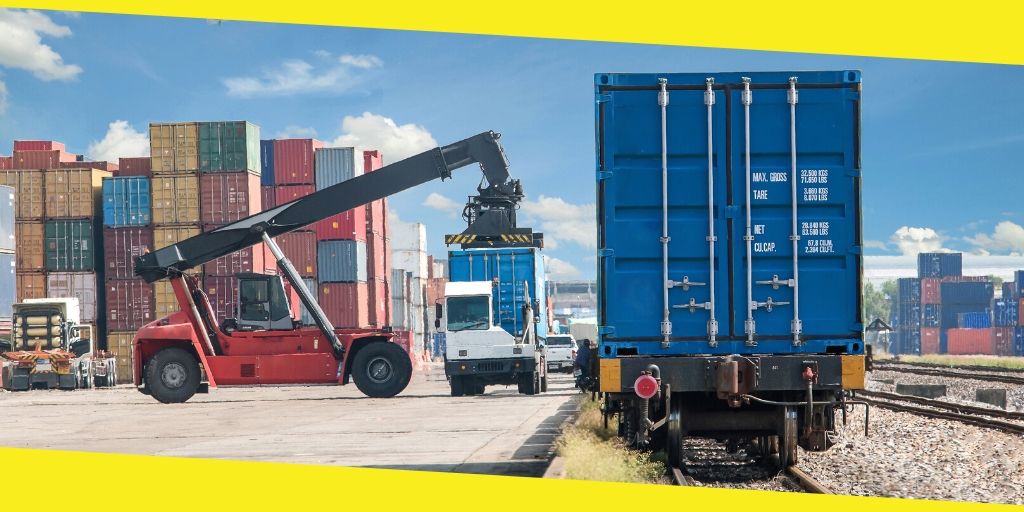6 Expert Tips to Estimate Freight Charges in Advance
Are you aware of all the ways you can estimate freight charges accurately? For several years, making very rough calculations was a standard procedure to estimate the freight charges, however, as we have stepped into a technologically evolving era, this is no longer a good practice. Shipping is one of the costliest fields of every business, and as a company, big or small, you cannot afford to make blunders that could cost you severely due to extra charges.
This holds true for both your customers and your own business. This is because if you are incapable of providing your consumers with the accurate up-front freight charges which result in higher charges, later on, this can cost them more money. No one likes to lose out on money that was absolutely unplanned for, thus this can leave them highly dissatisfied. So, when these customers choose to start optimizing their own shipping processes, you can rest assured they will opt for a different supplier, who they can consider being reliable for freight charges. Being proficient of curating accurate upfront freight charges is swiftly, exponentially becoming crucial for today’s businesses.

Find out how you can estimate freight charges in advance.
An educated guess may cost both you and your customer a bunch of needless expenditure. This is because there are plenty of externalities involved in shipping. These may include, unforeseen accidents, incorrectly weighed goods, misconstruing regulations, and so on. Henceforward, the purpose is always to formulate accurate freight estimates, even if these estimates may at times fall short of the final bill. Despite, exceptions will always occur, it goes without saying that the companies that generally quote reliable and accurate freight charges do get rewarded with more satisfied and loyal customers, in the long run.
To ease up the process, here are some tips to help you estimate freight charges more accurately in advance.
Note: It is generally not possible to determine freight charges in advance with 100% accuracy all the time. So these methods even though may not be error-proof, however, will definitely shelter you from consistent inaccuracies, cost you both your money and your valuable customers.
1. Integration of Web Technologies Incorporating Web Technologies
Being vastly an open field, this one is tough to generalize. With a computer wizard by your side, it’s plausible to integrate your website into a TMS (Transportation Management Systems) or an outside system that provides freight charges directly to the online users. This kind of system can be used by your agents, or even as a Do It Yourself option for your online customers. Some of the carriers offer their own plugins for easier access so that in case your preferred carrier has one, you are fluked. Ensure that this is easy to work into your current website. If not, this could possibly be a heavy-on-the-pockets option
2. Regional Grid Estimates
For smaller businesses, that cannot manage a significant investment, can grow their service by integrating regional grid estimates. By doing homework on the local state-to-state freight charges and schedules, it is plausible to devise a better-than-average freight estimate. However, the catch is, this can still be inaccurate, and it gives no option of updating processes such as freight regulations or fees & rate changes. In case a product that you had shipped is subjected to a charge you were oblivious to, you could be in for a lavish surprise
3. Rating Applications
There also subsists a small cubbyhole for software packages that are specially customized to provide lookups of prevailing freight charges. These are generally economical and are simple to implement on any existing web portal; nevertheless, they also typically have moderately high licensing costs. That being said, this can still be considered as one of the better options for a business that needs to extend quality shipping services
4. Transportation Management Systems
Transportation Management Systems, also known as a TMS, is one of the most customary options, particularly among larger companies. A TMS curates a single database for every product that you ship, even including the packaging materials, along with the weights and measures and also a regularly updated chart of associated handling fees. The most traditional TMS system involves a rating engine or even a bid board to accommodate the freight charges upfront. The only stumbling block of this system is that they are pricey to implement
5. Directly Contacting the Carrier
Several carriers and brokers may be hesitant to display their rates for just anyone conspicuously, however, they may have technology in place to link your freight charges with their web services for quoting prospects. This provides them with a captive customer and further allows you to get trustworthy ratings almost promptly upon request. Additionally, if you do have a lot of business with that carrier, this is usually a way towards a better partnership and lower freight charges
6. A 3PL
A premium third-party logistics firm can render you with all the software needed, along with the deftness required to use it. From the integration of payment systems to end-user freight tracking, a 3PL can make it occur at a relatively lower cost than doing it all by yourself. Most of the third-party logistic firms only act as an intermediary that is buying a service on your behalf. However, a non-broker 3PL offers a few additional advantages over a traditional 3PL.
Recommended For You
World Events Shape the Foreign Exchange Market
Most Inside
Most Inside offers high-quality recommendations and valuable updates to enhance all aspects of your life, providing premium guidance and enriching experiences.




